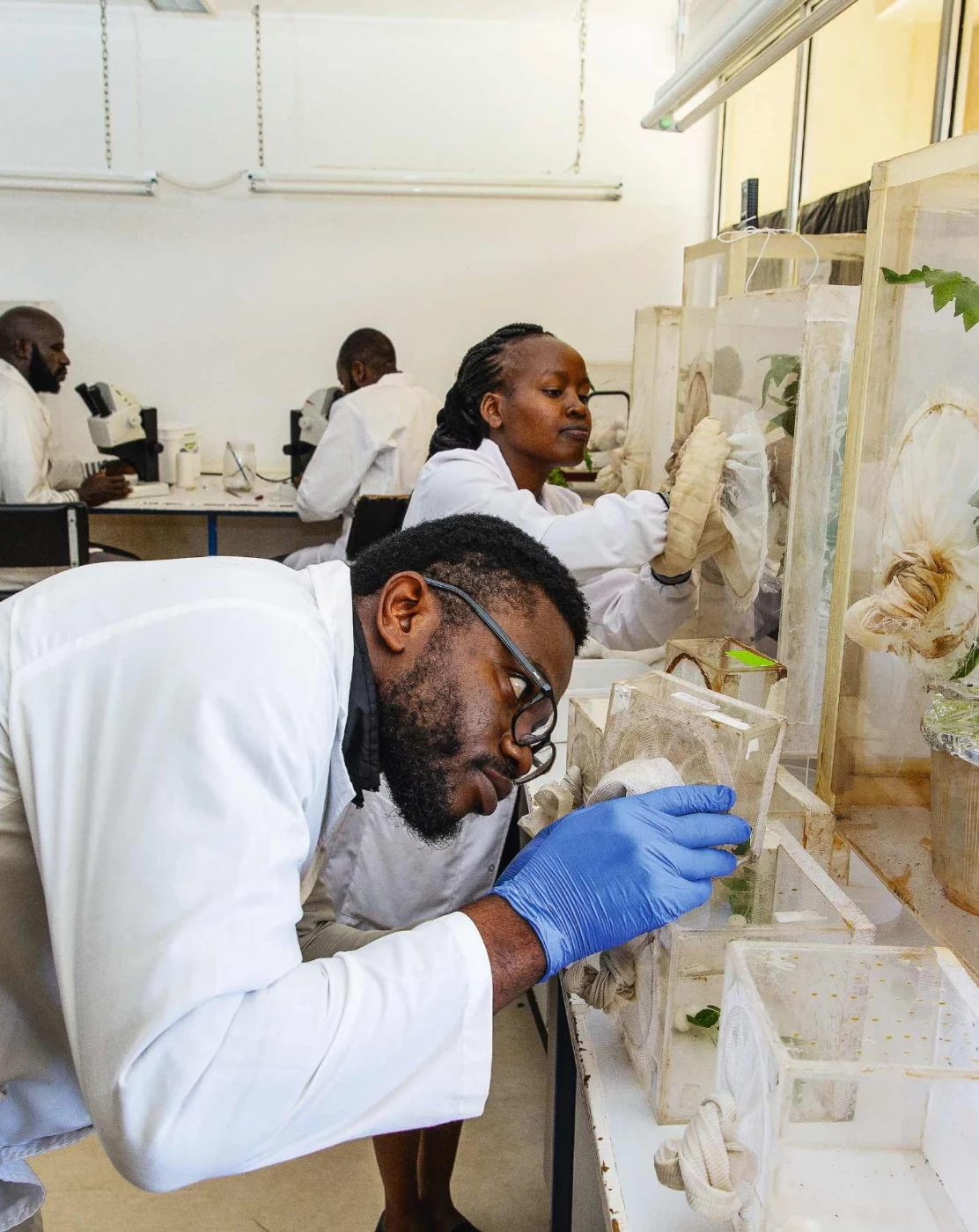Agriculture, Knowledge
The tomato leaf miner – a nightmare in Kenya and Switzerland
The tomato leaf miner moth “Tuta absoluta”, which originates from South America, became a nightmare for tomato producers worldwide within a few years. Luckily today, there are effective organic methods of pest control, as a visit to the tomato canton “Geneva” in Switzerland shows.


